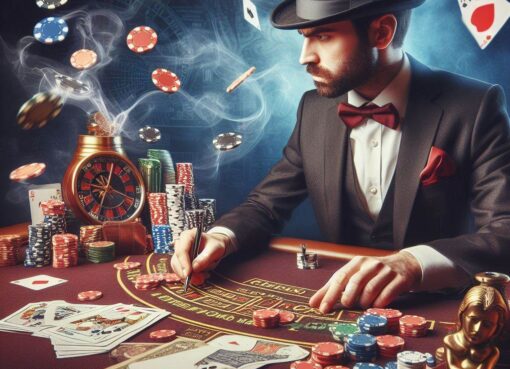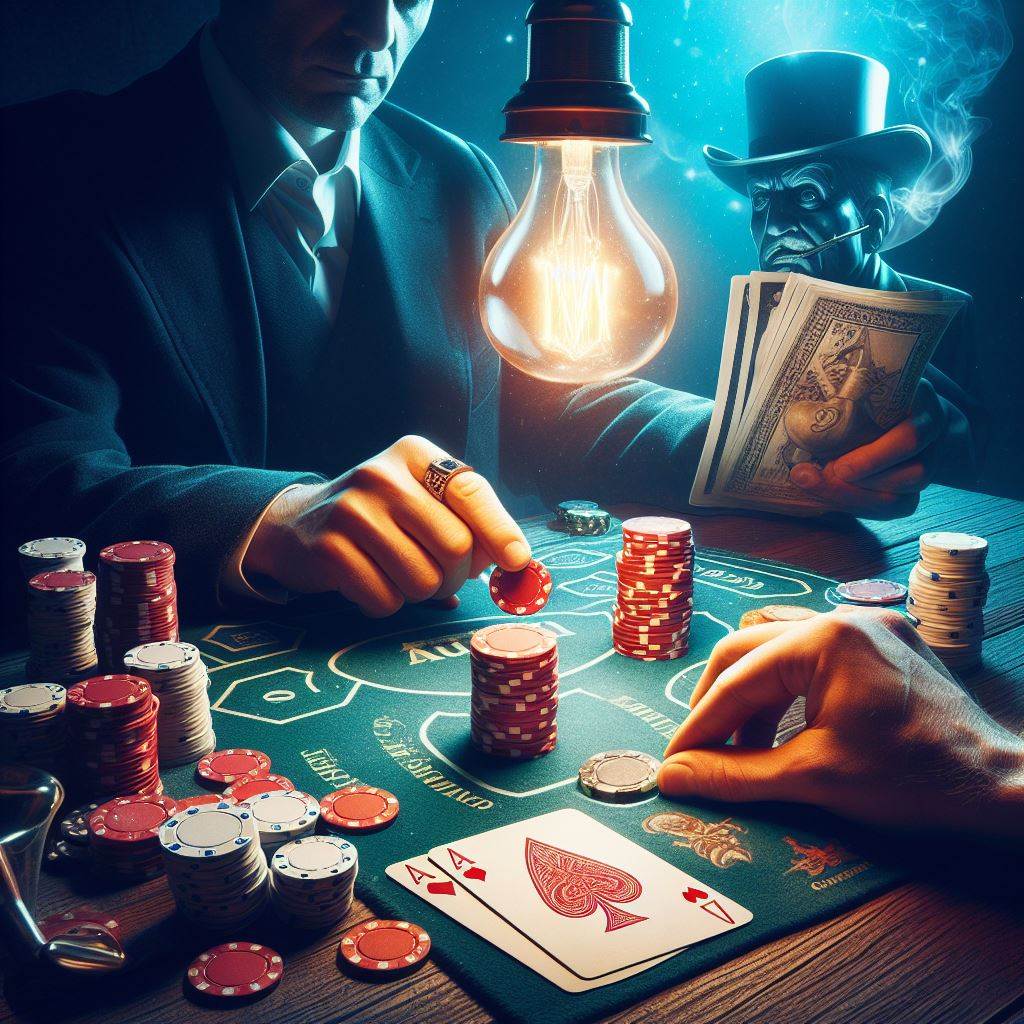Mastering the Bluff: Psychological Strategies in Casino Poker

Bluffing is an art form in casino poker, a skill that separates the novices from the experts. It involves not only deception but also a deep understanding of psychology, probability, and human behavior. In this article, Psychological Strategies in Casino we delve into the strategic nuances of bluffing and how mastering this skill can dramatically elevate your poker game.
Understanding Bluffing
Bluffing in poker is the act of making other players believe you have a better hand than you actually do. By convincing opponents of this, Psychological Strategies in Casino you can manipulate the game’s outcome in your favor. However, effective bluffing requires more than just a poker face; it requires an intricate understanding of the game’s dynamics and the players around the table.
Psychological Foundations
The psychological aspect of bluffing is rooted in understanding and manipulating the cognitive biases and emotional reactions of your opponents. Players often exhibit predictable behaviors and reactions based on the cards they hold, their stakes in the game, and their emotional state. Recognizing these patterns can provide critical insights into when and how to bluff effectively.
Timing and Frequency
Timing is crucial when bluffing. The best bluffs often occur when the communal cards suggest a strong hand is possible. For instance, if three suited cards appear on the flop, representing a potential flush, it’s an opportune time to bluff if you want to represent that you have the flush.
However, frequency is equally important. Over-bluffing can lead your opponents to catch on to your strategy, making them more likely to call your bluffs. Conversely, bluffing too infrequently might make you predictable and prevent you from maximizing potential winnings from your strong hands.
Reading the Table
A key component of successful bluffing is the ability to read the table. This involves noting how each player bets, reacts to bets, and changes their strategy throughout the game. For example, tight players who rarely make large bets are more susceptible to folding under pressure, making them ideal targets for a bluff.
The Role of Position
Your position at the table significantly affects your bluffing strategy. Being in a late position, where you are one of the last to act, can be advantageous. It allows you to observe how other players react to the communal cards and their bets before you make your move.
Practical Techniques for Bluffing
The Semi-Bluff
The semi-bluff is a potent tool where you bluff with a hand that has the potential to improve. For example, betting aggressively with a draw can push opponents out of the pot, but if called, you still have a chance to make a winning hand.
The Check-Raise
A check-raise is a deceptive move used to trap aggressive opponents. By checking, you feign weakness or hesitation, encouraging your opponent to bet. Then, you can raise their bet, leveraging their aggression against them.
Controlling Your Tells
Mastering your own body language and verbal cues is crucial. Practice maintaining a neutral demeanor regardless of the strength of your hand. Consistency in your reactions can prevent opponents from reading your strategy.
Conclusion
Bluffing is not just about trickery; it’s about smart, psychological warfare. Mastering the bluff requires a balance of fearlessness, strategy, and observational skills. By understanding and implementing these psychological strategies, players can enhance their poker prowess and control the dynamics of the game more effectively. Whether you are playing in a high-stakes casino environment or a friendly game at home, bluffing can transform you from a passive participant into a formidable poker adversary.
Read More: Poker Face Unveiled: Reading Expressions in High Stakes Games


